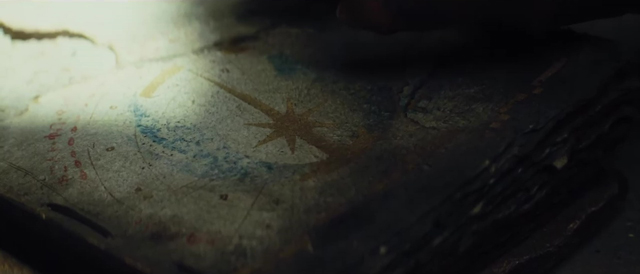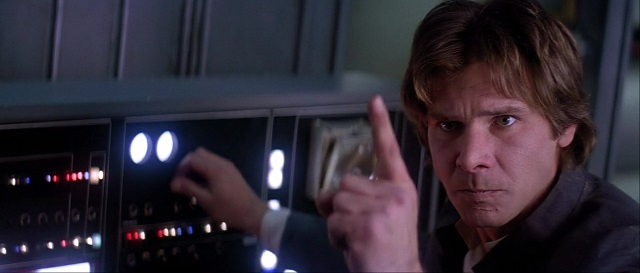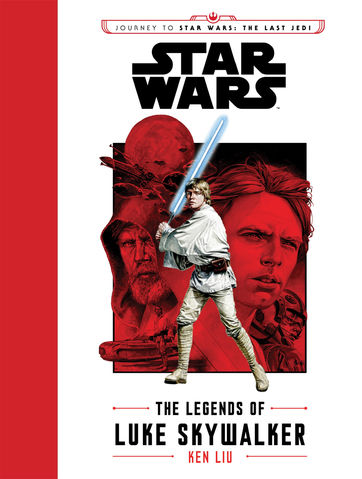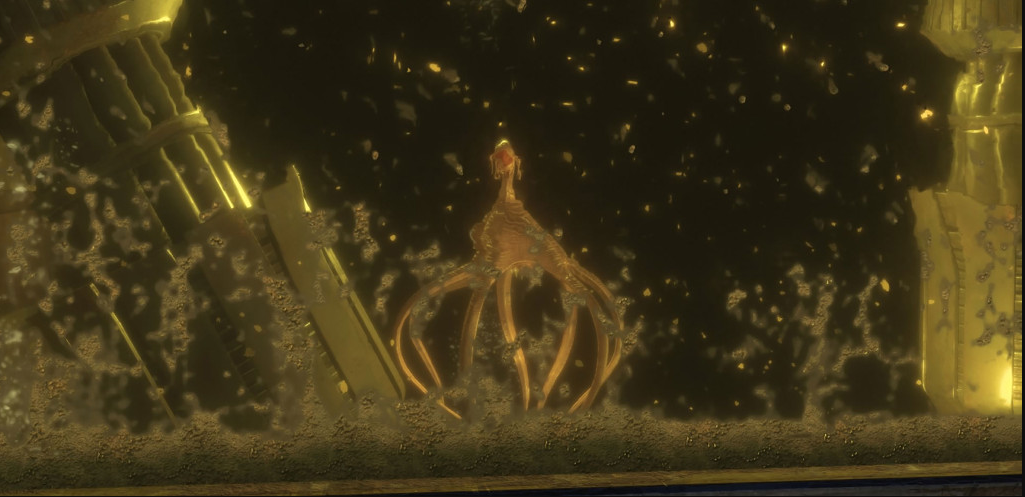
With The Last Jedi seemingly poised to spend a good chunk of time in the environs of the first Jedi Temple, it is likely to include revelations about the history of the Jedi, or even the Force itself, that affected Luke Skywalker profoundly and perhaps contributed to his belief that “it’s time for the Jedi to end.” We’ll have to wait a couple more weeks to find out what those revelations might be, and just how much detail we’re given. But in the meantime, did the Expanded Universe ever get into this?
You’d better believe it did—though impressively, Lucasfilm resisted the impulse to fully explain the Jedi’s beginnings for almost thirty-five years. In 2012, the comic book series Dawn of the Jedi by John Ostrander and Jan Duursema finally pulled back the curtain and stitched the few scant details we did have into a much larger tapestry of brand-new characters and conflicts that still felt true to their trademark brand of Star Wars melodrama. The series was successful enough that a tie-in novel, Into the Void by Tim Lebbon, was released about a year later (and only one year before the reboot was officially announced, meaning the whole project came in pretty close to the wire). Let’s talk about what they came up with. Read More


 To say Ken Liu’s The Legends of Luke Skywalker has been keenly awaited would be an understatement. Since the great reboot that followed Disney’s acquisition of Lucasfilm, there have been exceedingly few stories of what Luke has been doing after the fall of the Empire. There was Shattered Empire, but that was only one issue out of four and that was more or less it. For some the book has been a disappointment for its lack of actual ‘here’s what Luke really did next’ material. Instead, the book is of a far more playful and trickster nature, built around stories being told of Skywalker. Are they all true? That’s up to the reader, but there are hints that sometimes tip the deck one way or another. Expecting a book coming out ahead of The Last Jedi to have much in the way of revelations is expecting the impossible, the pattern was set by The Force Awakens. If there are major ‘this really happened’ stories, they will be next year, not now. Nor was the book ever deceptive about its premise in its marketing either.
To say Ken Liu’s The Legends of Luke Skywalker has been keenly awaited would be an understatement. Since the great reboot that followed Disney’s acquisition of Lucasfilm, there have been exceedingly few stories of what Luke has been doing after the fall of the Empire. There was Shattered Empire, but that was only one issue out of four and that was more or less it. For some the book has been a disappointment for its lack of actual ‘here’s what Luke really did next’ material. Instead, the book is of a far more playful and trickster nature, built around stories being told of Skywalker. Are they all true? That’s up to the reader, but there are hints that sometimes tip the deck one way or another. Expecting a book coming out ahead of The Last Jedi to have much in the way of revelations is expecting the impossible, the pattern was set by The Force Awakens. If there are major ‘this really happened’ stories, they will be next year, not now. Nor was the book ever deceptive about its premise in its marketing either.
